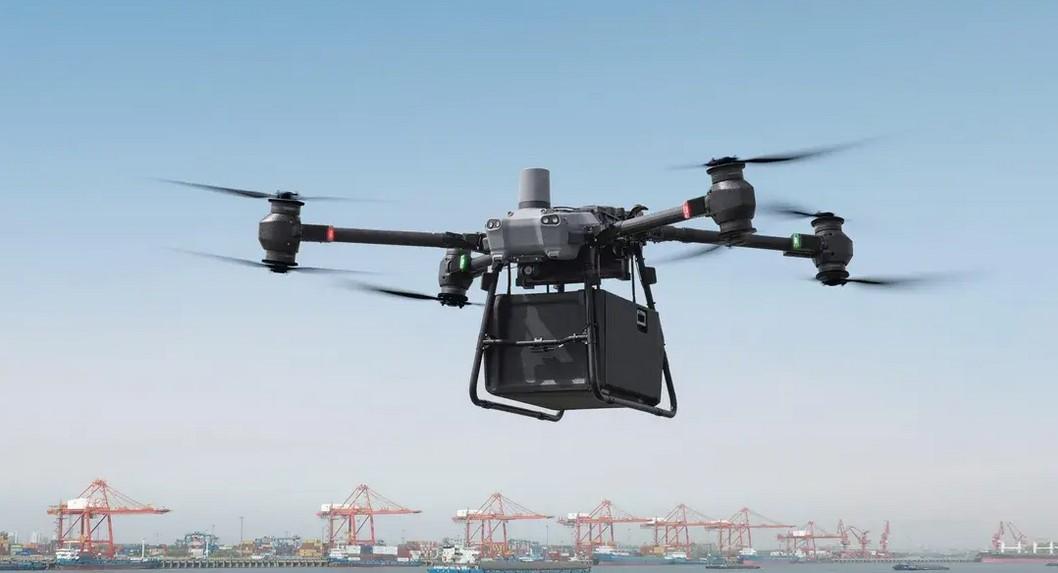The advent of heavy-lift cargo drones has ushered in a new era in logistics, transforming how goods are transported across various sectors, from agriculture to healthcare. These unmanned aerial vehicles (UAVs) can carry significant payloads, reducing delivery times and costs while enhancing operational efficiency. the rapid growth of the market is accompanied by a complex landscape of regulatory challenges that must be addressed to unlock the full potential of the heavy-lift cargo drones market.
Regulatory Challenges
1. Airspace Management
One of the primary challenges in integrating heavy-lift cargo drones into existing airspace is the need for efficient management of unmanned aerial operations. Traditional air traffic control systems are designed for manned aircraft and are not equipped to handle the complexities introduced by thousands of drones operating simultaneously. This can lead to congestion, safety concerns, and operational inefficiencies.
2. Safety Standards
Safety is paramount in aviation, and heavy-lift drones must comply with stringent safety standards. Current regulations often lack specific guidelines for larger drones, particularly regarding maintenance, pilot certification (for operators), and fail-safe mechanisms. The absence of uniform standards can create inconsistencies in safety practices across different regions and companies.
3. Privacy Concerns
The use of heavy-lift cargo drones raises significant privacy issues, particularly in densely populated areas. The potential for drones to capture images or data from private properties necessitates clear regulations to protect individuals’ privacy rights while balancing the benefits of drone technology. Establishing guidelines for data collection and usage is essential to gain public trust.
4. Environmental Impact
As heavy-lift drones gain popularity, their environmental impact must be assessed. Concerns over noise pollution, carbon emissions, and wildlife disturbances require comprehensive environmental regulations. Policymakers must consider how to mitigate negative effects while promoting sustainable drone operations.
5. International Harmonization
The global nature of supply chains means that international harmonization of drone regulations is crucial. Discrepancies between national regulations can create barriers to entry for companies wishing to operate across borders. A lack of standardization can complicate compliance and increase operational costs.
Potential Solutions
1. Collaborative Regulatory Frameworks
To address the complexities of airspace management, regulators can adopt a collaborative approach involving stakeholders from various sectors—government, industry, and academia. Establishing task forces or working groups can facilitate knowledge sharing and help develop comprehensive air traffic management systems tailored for drone operations.
2. Establishing Safety Standards
Regulatory bodies should focus on creating specific safety standards for heavy-lift cargo drones, incorporating best practices from existing aviation regulations. This could include developing guidelines for pilot training, maintenance protocols, and emergency response procedures. Implementing a certification system for drone operators can further enhance safety assurance.
3. Privacy Protection Measures
To address privacy concerns, regulators can establish clear guidelines for drone operations, including no-fly zones over private properties and requirements for data handling and storage. Engaging with communities to inform them about drone operations can help alleviate concerns and promote transparency.
4. Environmental Regulations
To mitigate the environmental impact of heavy-lift drones, regulators should conduct comprehensive assessments of noise and emissions associated with drone operations. Encouraging the use of electric or hybrid drones can reduce the carbon footprint. Additionally, incorporating drone operations into broader transportation sustainability goals can enhance their acceptance.
5. International Collaboration
To promote international harmonization, global organizations such as the International Civil Aviation Organization (ICAO) can play a pivotal role in establishing common regulatory frameworks. By facilitating dialogue between nations, these organizations can help create unified standards that streamline cross-border drone operations.



